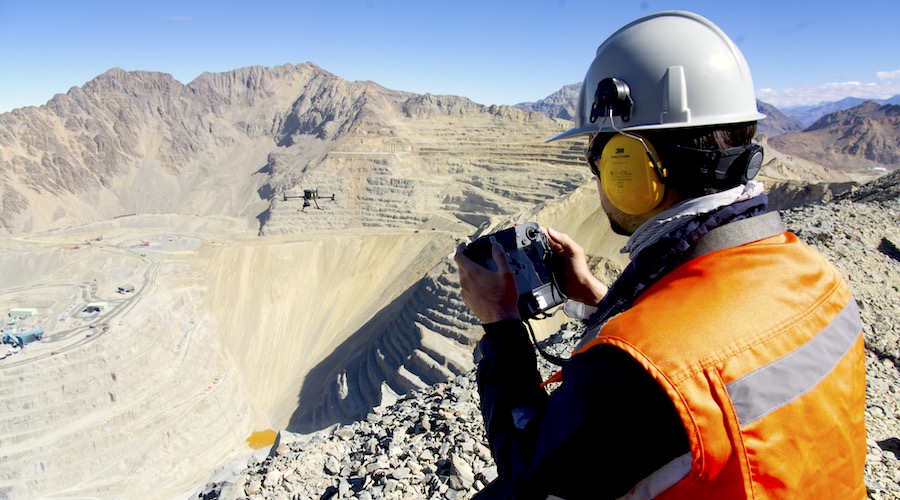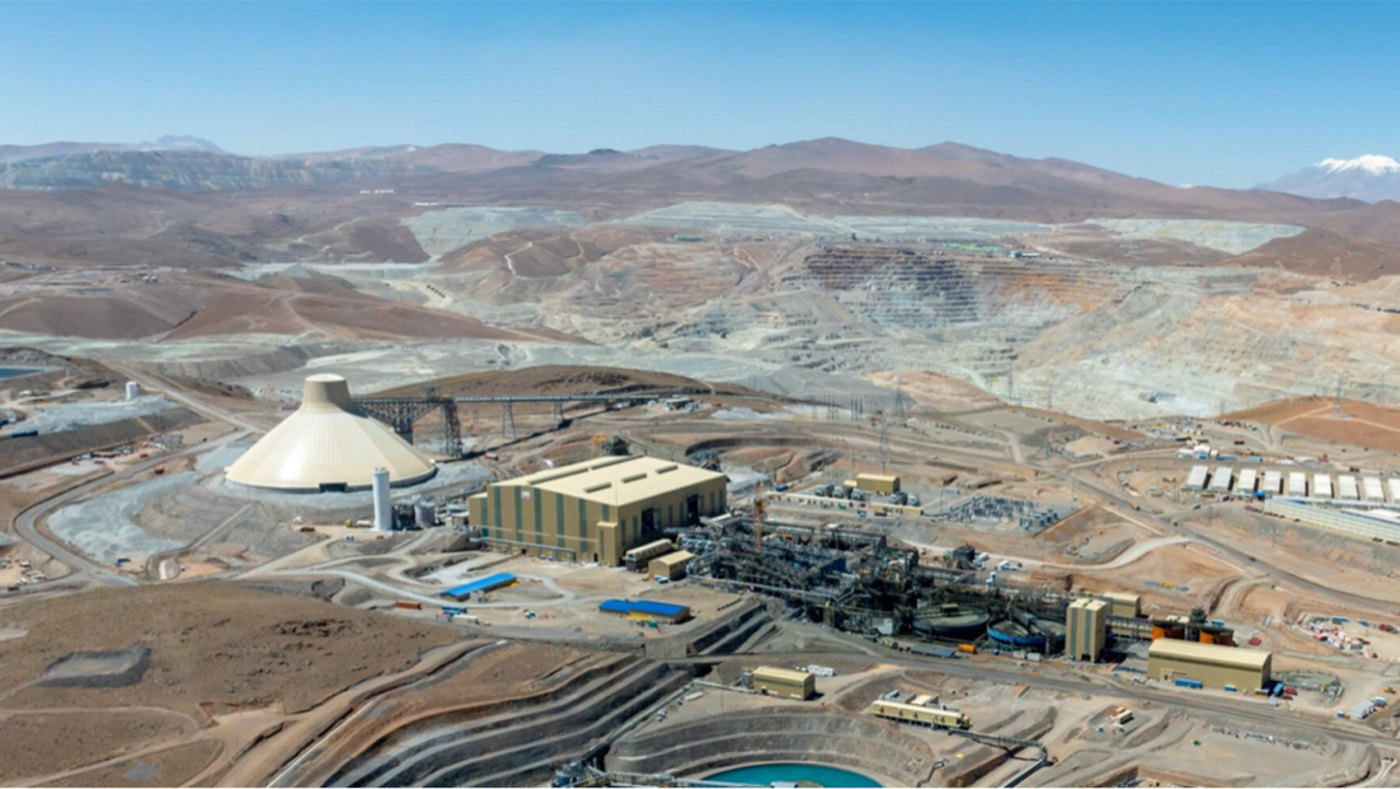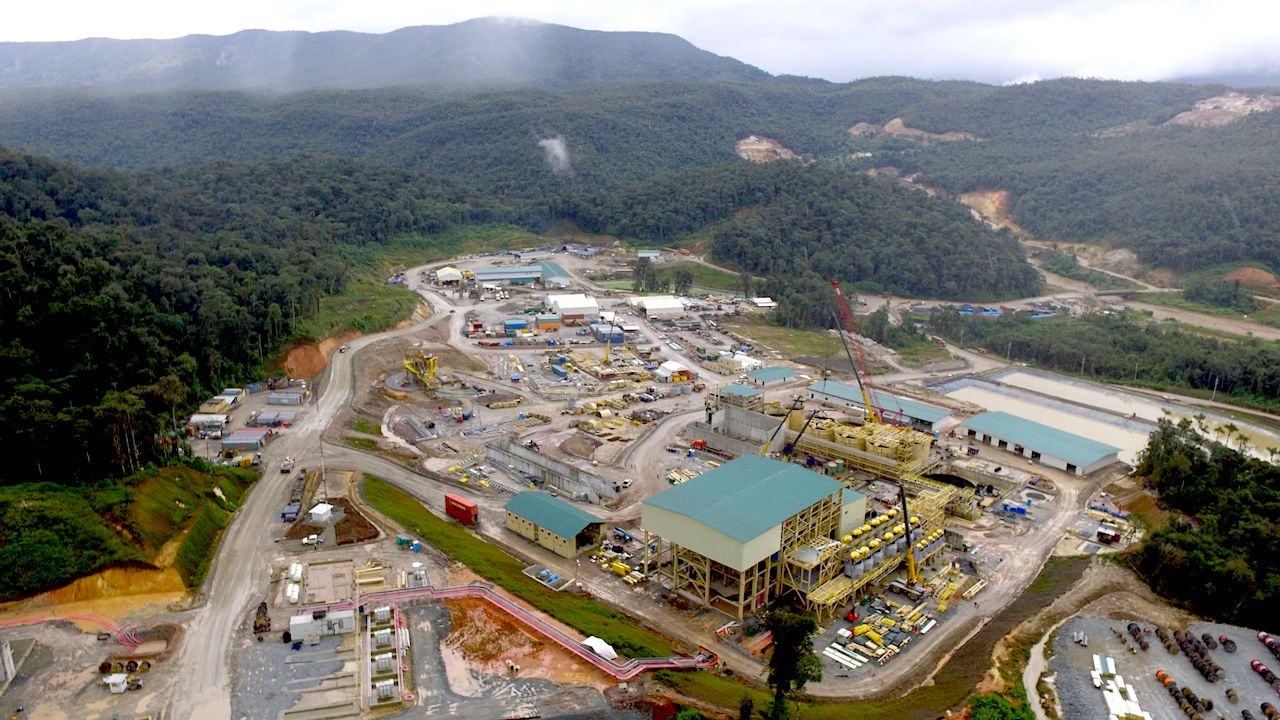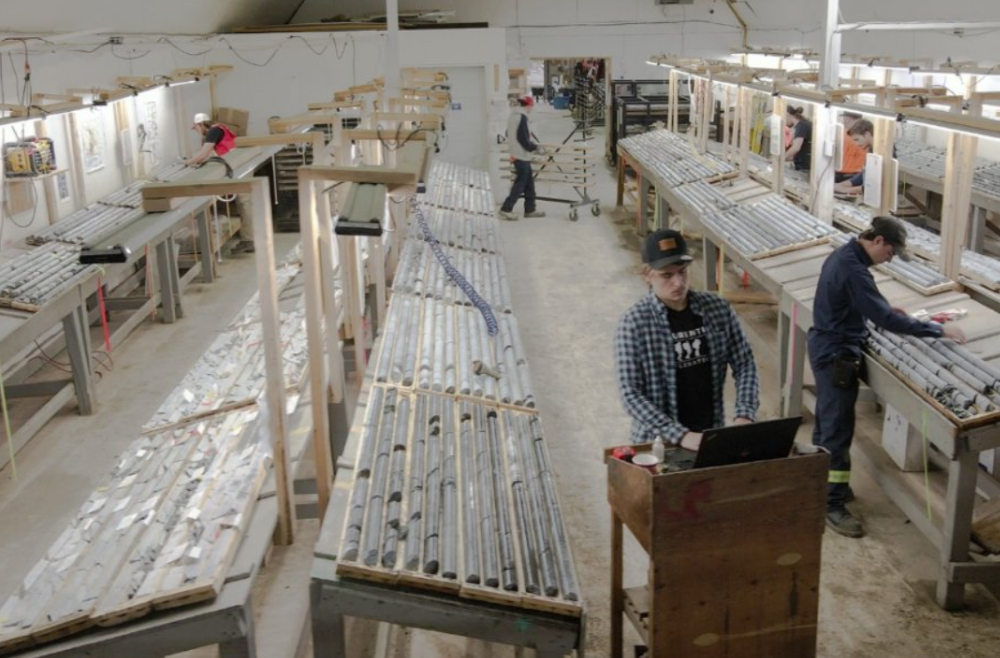VANCOUVER — Australian-based gold producer Troy Resources (TRY-T, TRY-A) looks set to send its mine building team into the jungles of Guyana following a US$200-million bid for explorer Azimuth Resources (AZH-T, AZH-A) and its multi-million ounce West Omai gold project 180 km southwest of Georgetown.
The acquisition fits into Troy's South American production portfolio, which includes the Casposo gold mine located 150 km west from the city of San Juan in Argentina and the Andorinhas gold operation in the Para State of north-central Brazil. According to CEO Paul Benson, Troy had been actively looking at opportunities due to the fact operations at Andorinhas could conclude by 2014, and identified Azimuth as its "first prize" roughly six months ago.
“First and foremost, [the deal] delivers us a high grade, open pittable resource at an advance stage of definition that has yet to have development plans locked into place,” Benson explained during a conference call. “That allows us to be confident we can bring it into production quickly and cost effectively with the same development team we have used at our other mines in South America.”
Under terms of the all-stock deal Troy will pay a 62% premium on Azimuth's three month, volume weighted average on the Australia Stock Exchange, which equates to roughly US46¢ per share. Azimuth shareholders will receive one Troy share for every 5.695 shares held, resulting in Azimuth garnering roughly a 45% equity interest in Troy.
Azimuth’s dual listing will also offer Troy greater liquidity on the Toronto Stock Exchange, where the company currently trades relatively low volume at roughly 3,800 shares per day. Troy currently has around 88 million shares outstanding and the Azimuth deal would tack on roughly 76 million shares to that total — which values Azimuth at roughly US$200 million based on Troy’s closing price of $2.69 per share at the time of the bid.
“The relative valuation between producers and explorers has moved more in the favor of producers. So we were able to pay a premium to the market, but we still see significant value in this instance,” Benson said, “A number of factors have contributed to the dropping investor interest in the explorer-developer end of the market, but I think the most important single factor has been the growing concern about how a single-project company can cost effectively raise capital required to build something like West Omai without existing shareholders suffering substantial dilution.”
The main prize for Troy is a high grade, near surface inferred resource that Azimuth has delineated at its Smarts and Hicks deposits, which totals 17 million tonnes grading 3.06 g/t Au for 1.65 million contained oz at a 1.0 g/t Au cut-off. Benson outlined Troy's strategy as focusing on a smaller operation that would average between 700,000 tonnes and 1 million tonnes of throughput annually, and zero in on higher grade material.
Troy would likely start with the Smarts deposit — which boasts an even higher average grade with 8.1 million inferred tonnes of 4.15 g/t Au — and pursue expansion opportunities once West Omai starts kicking up cash flow.
“Our thinking is that we'll start with a smaller project than Azimuth might have originally been aiming for,” Benson added. Azimuth had previously modelled a US$165-million development with gravity and carbon-in-leach circuits that would average 1.5 million tonnes in throughput annually. “That will enable us to mine the higher grade ore while understanding the potential to move towards underground mining at a later date as we expand throughput. We feel that represents the fastest path to production and also offers the optimum risk return considering the logistic and regional challenges.”
In the meantime Troy has agreed to forward Azimuth a bridge loan totalling roughly US$10.4 million by way of a convertible note facility. The loan will allow Azimuth to continue its delineation drilling and potential scoping studies without having to risk a capital raise on equity markets that could result in further dilution.
And Azimuth could very well offer Troy long term growth potential in an emerging gold camp via a 1,100-km2 land package that sits in the Mazaruni mining district in southern Guyana, with the Guiana Shield greenstone belt already accounting for millions of ounces in historic gold production.
Troy reported a net profit of roughly US$14 million during the second half of 2012, along with US$43.3 million in cash and equivalents. The company has dropped 18% since news of the Azimuth acquisition broke on March 28, losing 48¢ per share en route to a $2.20 press-time close in Toronto.
To read more Northern Miner articles, click here





Comments